(CLO) Jeremy Clifford, an expert from WAN-IFRA, asserted that understanding the desires of the audience is no longer something we can ignore but has become a mandatory factor. He expressed this view at the recent Asia Media Leaders Summit.
Actively engage your audience
By addressing specific user needs, from real-time updates to deeper storytelling, media companies can move from producing reactive content to proactively engaging audiences, fostering loyalty and trust.
Clifford says that up to 85% of the articles created are useless, not generating any significant interactions or results. He even likens them to 'ghost articles' because they take more time to write than the time readers spend on them.

Jeremy Clifford at the WAN-IFRA Asia Media Leaders Summit in Singapore.
“By categorizing audience needs into specific groups such as ‘update’, ‘educate’ and ‘inspire’, the user needs framework helps us establish a strong connection between content and audience needs. This helps us create valuable content that meets reader expectations and increases engagement,” says Clifford.
Clifford shared a real-life case of a sports team that had their priorities wrong. They initially focused on niche topics like rugby, but after realising that their audience’s real need was Premier League football, they adjusted their strategy. As a result, audience engagement increased significantly.
Balancing data and journalistic experience
Data serves as the backbone, providing a solid foundation for user-centric strategies. However, Clifford emphasizes that relying on data alone is not enough. Editorial judgment is equally important.
He believes that data is just a supporting tool, and the final decision still belongs to humans. Balancing data and journalistic experience will help ensure the quality and credibility of content.
Data plays a key role in identifying the topics that interest our audiences and the information gaps that need to be filled. Combining data with high editorial standards allows us to create quality content that meets the needs of our readers. Particularly when dealing with complex issues like climate change, combining 'education' and 'action guides' strategies can help readers understand the issues and actively participate in solving them.
Listen to diverse opinions
Real-world examples illustrate the transformative power of user demand strategies. Clifford points to election coverage, where breaking news (“update me”) is supplemented by explanatory articles (“educate me”) and expert analysis (“give me perspective”). This layered approach maximizes audience engagement while still providing depth and context.

By capturing user needs, news organizations can build stronger connections, foster trust, and achieve sustainable growth.
Clifford also added that keeping the framework simple is important: “If you overcomplicate it with too many categories, editors and reporters will have a hard time implementing it effectively. Start with the basics and iterate over time.”
To build effective and inclusive user needs frameworks, we need to ensure that they reflect the diversity of society. This means listening to everyone, including those who are often overlooked. Clifford argues that regular community engagement through activities such as surveys, focus groups, and social media is essential to achieving this goal.
By capturing user needs and creating stories that truly matter to readers, news organizations can build stronger connections, foster trust, and achieve sustainable growth.
“It's not about thinking what the audience needs – it's about listening to what they want,” says Clifford.
For media leaders willing to adapt, the consumer needs framework provides a path to relevance and impact in an increasingly competitive landscape.
Hoang Anh (according to WAN-IFRA)
Source: https://www.congluan.vn/van-de-khong-phai-la-nghi-khan-gia-can-gi--ma-la-lang-nghe-xem-ho-muon-gi-post332285.html


![[Photo] General Secretary To Lam concludes visit to Russia, departs for Belarus](https://vphoto.vietnam.vn/thumb/1200x675/vietnam/resource/IMAGE/2025/5/11/0acf1081a95e4b1d9886c67fdafd95ed)




![[Photo] General Secretary To Lam arrives in Minsk, begins state visit to Belarus](https://vphoto.vietnam.vn/thumb/1200x675/vietnam/resource/IMAGE/2025/5/11/76602f587468437f8b5b7104495f444d)


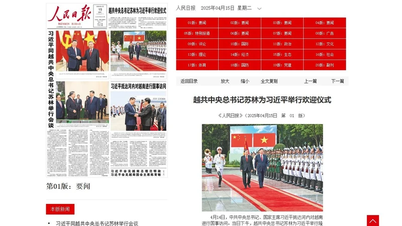

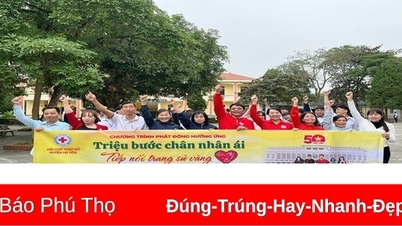

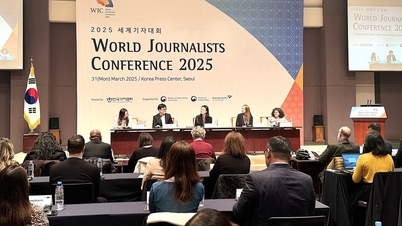







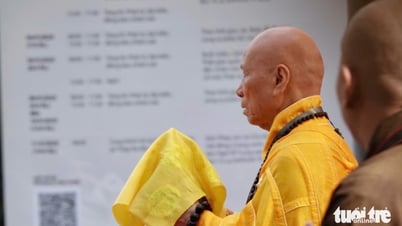













![[Photo] National Assembly Chairman Tran Thanh Man attends the Party Congress of the Committee for Culture and Social Affairs](https://vphoto.vietnam.vn/thumb/1200x675/vietnam/resource/IMAGE/2025/5/11/f5ed02beb9404bca998a08b34ef255a6)







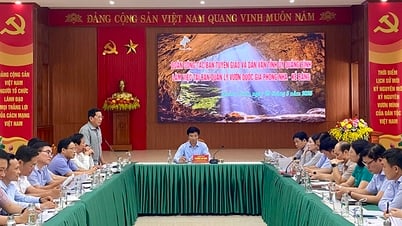







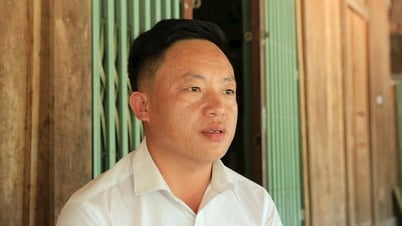











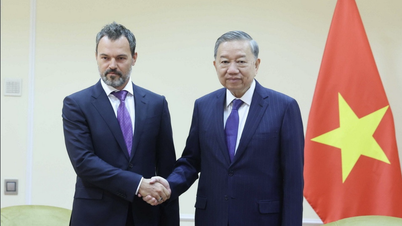




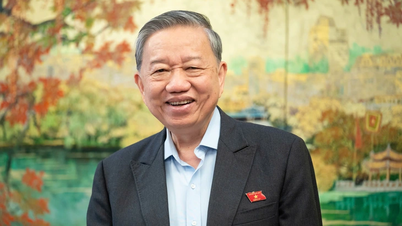












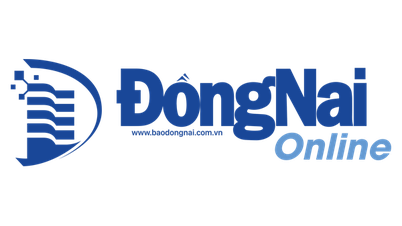











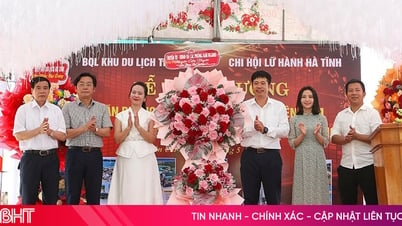
Comment (0)